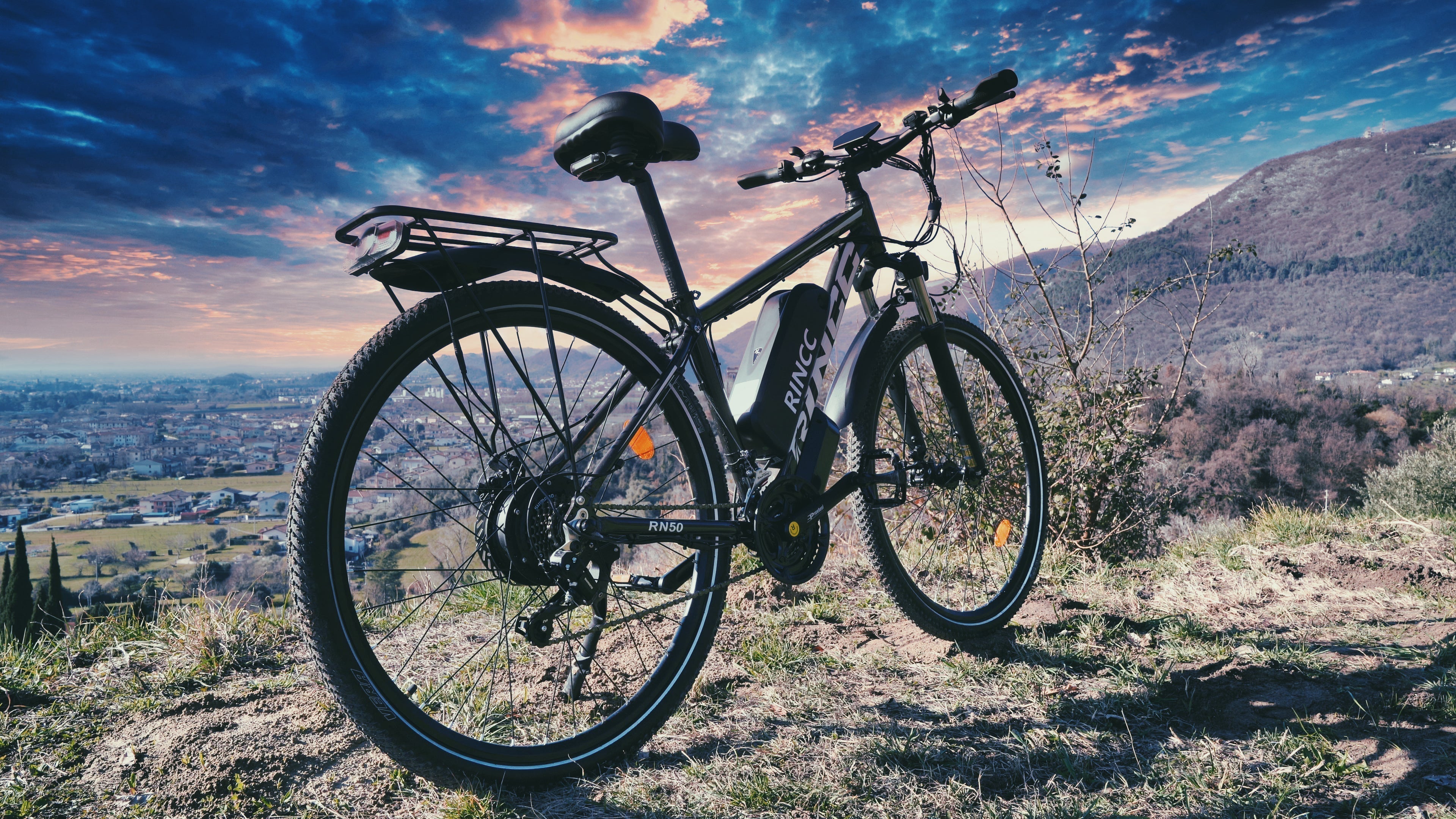Electric bicycles (e-bikes) have become a popular mode of transport across Europe, offering an eco-friendly and efficient alternative to traditional vehicles. However, to ensure safety and compliance with local regulations, it's crucial to understand the specific requirements and best practices for riding e-bikes on public roads.
Understanding E-Bike Classifications and Legal Requirements
In the European Union, e-bikes are primarily categorized into two classes:
Class 1 (Pedelecs): These are pedal-assist bicycles where the motor provides assistance only when the rider is pedalling. The motor's assistance cuts off at 25 km/h. To be exempt from registration, insurance, and licensing, the motor's continuous power output must not exceed 250 watts .
Class 3 (Speed Pedelecs): These bikes can assist up to 45 km/h and are subject to stricter regulations, including the requirement for a driving license, registration, insurance, and the use of a helmet .
It's essential to verify the specifications of your e-bike to ensure it complies with local laws. In many EU countries, including the UK, e-bikes that meet the Class 1 criteria are treated similarly to traditional bicycles, allowing them to be used on bike paths and public roads without additional licensing requirements .
Additionally, e-bikes must meet general European safety directives, including:
a Comprehensive Guide to Riding Rincc Electric Bikes Safely on Public Roads
Electric bicycles have emerged as a popular mode of transportation, offering an eco-friendly and efficient alternative for daily commuting and leisure rides. However, riding on public roads requires heightened awareness and adherence to safety practices to ensure a secure experience for both riders and other road users.

Understanding the Unique Aspects of Electric Bikes
Electric bikes, such as those from Rincc, combine traditional cycling with electric assistance, making them suitable for various riders, including those with physical limitations or those seeking a less strenuous commute. Unlike standard bicycles, e-bikes can reach speeds up to 25 km/h, which may be underestimated by other road users, increasing the risk of accidents.
Legal Considerations and Compliance
In many regions, electric bikes are subject to specific regulations:
Speed and Power Limits: E-bikes typically have a maximum motor power of 250 watts and a top speed of 25 km/h. Exceeding these limits may classify the bike as a motor vehicle, necessitating a driver's license, registration, and insurance.
Wikipedia
Usage Restrictions: Not all paths are suitable for e-bikes. Riders must be aware of local laws regarding where e-bikes can be ridden, such as restrictions on sidewalks or one-way streets.
Safety Gear and Accessories
Equipping your Rincc e-bike with appropriate safety gear is crucial:
Helmet: Always wear a certified helmet to protect against head injuries.
Wikipedia
Lighting: Install front and rear lights to enhance visibility, especially during low-light conditions.
Reflective Gear: Wear reflective clothing or accessories to increase your visibility to other road users.
Mirrors and Bells: Use handlebar mirrors and bells to signal your presence and intentions to others.
Pre-Ride Safety Checks
Before each ride, conduct a thorough inspection of your Rincc e-bike:
Brakes: Ensure both front and rear brakes are functioning properly.
Tires: Check tire pressure and tread for optimal performance.
Battery: Verify that the battery is fully charged and securely mounted.
Lights: Test all lighting systems to confirm they are operational.
Frame and Components: Inspect the frame for any signs of damage and ensure all components are securely fastened.
During the Ride: Best Practices
Ride Predictably: Maintain a straight line and avoid sudden maneuvers to alert other road users of your intentions.
Signal Turns: Use hand signals to indicate turns and lane changes.
Observe Traffic Laws: Adhere to traffic signals, stop signs, and other road regulations.
Be Aware of Surroundings: Stay alert to pedestrians, vehicles, and other cyclists.

Post-Ride Maintenance
After each ride, perform the following checks:
Cleanliness: Wipe down the bike to remove dirt and debris.
Battery Care: Store the battery in a cool, dry place and avoid overcharging.
Lubrication: Lubricate the chain and moving parts to prevent wear.
Storage: Secure the bike in a safe location to prevent theft.
Conclusion
Riding a Rincc electric bike on public roads offers numerous benefits, including reduced environmental impact and cost-effective transportation. By


Share:
How to Purchase a Rincc Electric Bicycle on Installments Without a Payslip?
Single-Speed vs. Multi-Speed Electric Bikes: Which Suits Your Riding Style?